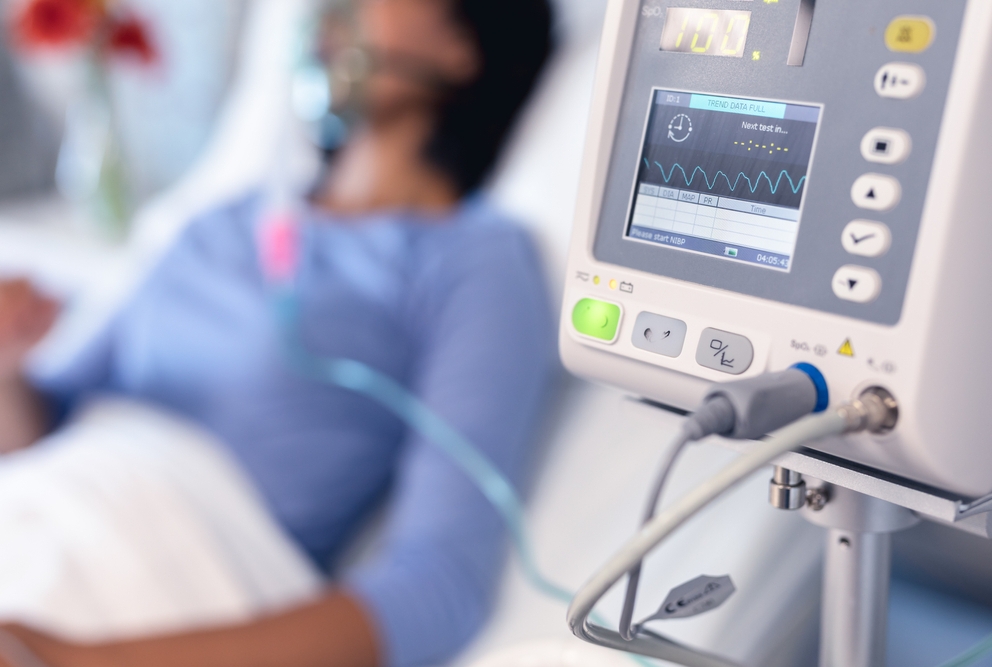It wasn’t normal, a few years ago, for someone using a ventilator at home. It was believed that non-medical persons lacked the expertise required to operate this apparatus. However, time changed and people started getting rid of such lies and myths. In recent times when ventilators have decreased the risk of death and even persons with spinal cord injuries are now enjoying long, healthy lives; need is to educate families about the use of these lifesaving machines. Attendants of the patients can learn to take care of the ventilated patients even with a little instruction and experience.
Important Tips To Take Care of Ventilator Patient At Home
Use of ventilators is though common now but still it’s not a piece of cake. There are a number of measures that caregivers need to consider for ventilators to work properly.
Communicate Properly
Communication between patient and caregiver as well as caregiver and the physician is the key to the fast recovery of the ventilated patient. It’s a good practice to provide patient with the tools to express his needs or feelings. On the other hand, it is necessary to regularly update doctors about the condition of patient so that they could take necessary action on time.
Check on Settings and Modes
Ventilators come with different settings and modes to accommodate different need of the patients. These modes and settings can be set as per the condition of the patient. It is a must that caregiver regularly measures oxygen saturation level, keeps an ear on breathing sound and compare these readings with previous one to highlight problem if any. A check on patient’s anxiety and pain level is also good practice for best results. It is possible only when patient’s family gets familiarity with basic operation of the ventilator and suction equipment. Attendant must learn how to maintain levels of oxygen and ventilation in specific conditions. Furthermore, he must know what it means when an alarm rings and how to handle it.
Take Care of Endotracheal Tube
In case patient is dependent on endotracheal tube, the care of the patient doubles. There is a chance of dislodging and blockage of the tube. Endotracheal tube can also cause bleeding or infections. The attendant of the ventilated patient needs to be trained to handle al aforesaid issues. He must learn clearing and suctioning techniques. He must also be trained to replace tube whenever needed.
Maintain Hygiene of Ventilated Patient
Ventilated patient is prone to bacterial infections at the insertion point of endotracheal tube. Additionally, such patients normally pass through ventilated-associated pneumonia. These infections can lead to the serious health issues even lead to death. To avoid such infections oral and physical hygiene of ventilated patients is put at top priority. Best practice is to regularly and properly clean the patient to avoid infection. Also, learning what symptoms indicate infection is also important.
Get Perfect Care and Homelike Settings For Your Ventilator Dependent Patient
BetterOptions is the best facility located in 15214 NE 25th Circle Vancouver WA 98684, United States that provides best homelike settings for your ventilator dependent patients. Call Us Now (+01) (360) 607-8028) OR Send An Email for further details.


